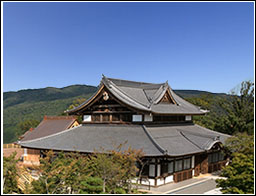INDUSTRY TOUR
Industry
Tour
Meeting
time 9:00am
on June 17th 2019
Meeting
point Kyoto
University’s main gate in front of the Clock Tower
Vietnamese
Bus No 2. Nepal, Mongolia, Japan, Others with interpreter
of English and Japanese
Visiting
points Shougunzuka Seiryu-den 将軍塚青龍殿
Fushimi-Inari Shrine
伏見稲荷神社
Emperor Meiji Mausoleum 明治天皇陵
Returning Around 3:00pm at Kyoto
University’s main gate
Discussion issue The biggest industry in Kyoto is the tourism industry.
Recently however the issue of “Over Tourism” has been
widely discussed in Kyoto. With 87 million people visiting
Kyoto in one year, and with a population of only 2.6 million,
Kyoto suffers various problems related to hosting such a
large influx of visitors. In this industry tour we aim to
consider this issue.
Fee Bus fee and facility entrance fee are free. Lunch is at
self-expense.
In 1913, Seiryu-den was built in front of Kyoto Kitano Tenmangu Shrine
as the Kyoto Branch of Japan Federation of Martial Arts’ training gym.
In 1947, the building was moved and became the martial arts training gym
for police officers named the “Heian-dojo”. Later, it was opened to the
general public and many young people practiced martial arts there. In 1998,
the Kyoto Prefectural Office decided to close the Heian-dojo, dismantling
it and putting the pieces in storage. Afterwards, Shoren-in recognizing
the historic cultural importance of the building decided to rebuild it
at the top of Mt. Higashiyama as Seiryu-den.
(http://www.shorenin.com/english/shogunzuka/)When you click it,
if it displays 'Script error', input URL directly.
Fushimi-Inari Shrine 伏見稲荷神社
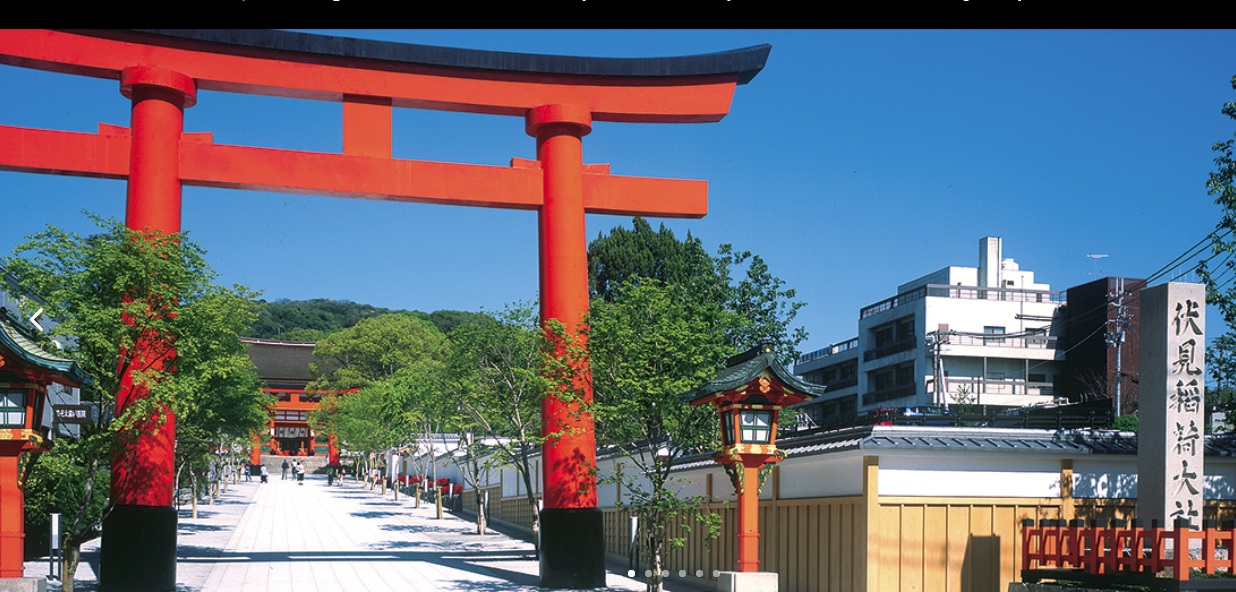
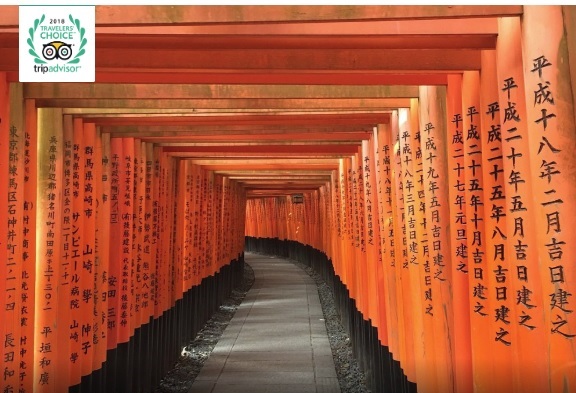
Also known as
“O-inari-san”, Inari shrines are the most familiar shrines to Japanese people. There
are said to be some thirty thousand throughout the country, frequented by
people of all ages. Fushimi Inari Taisha is the head shrine with which all the
others are affiliated. In the 1300 years since its establishment in 711AD,
people have gathered here to pray for bountiful harvests, business prosperity,
the safety of their home and family and the fulfillment of all kinds of other
wishes. In recent years, the shrine’s Japanese worshippers have been joined by
overseas visitors coming to pray or tour the shrine. Fushimi Inari Taisha is
now known worldwide as one of the most iconic sights in Kyoto, and in Japan as
a whole.
(http://inari.jp/en/)When you click it, if it displays 'Script error', input URL directly.
Emperor Meiji Mausoleum 明治天皇陵
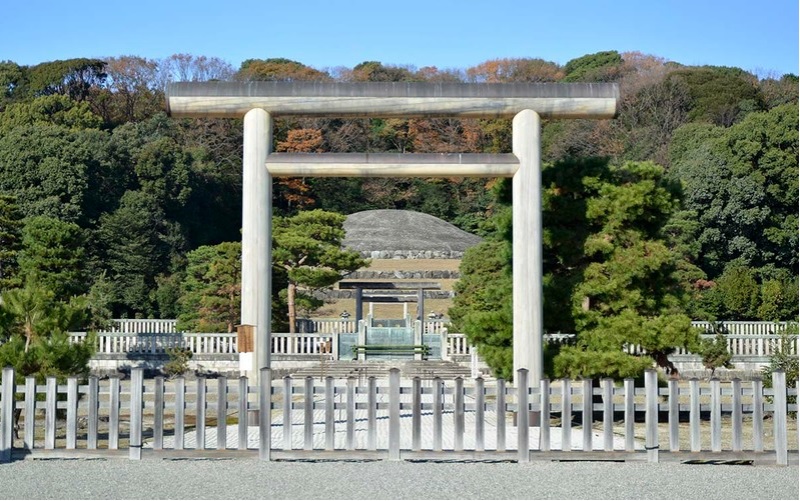
The Imperial Tomb
of Fushimi Momoyama is in Momoyama-cho Kojyosan of Fushimi-ku, and it is the
tomb of Emperor Meiji who died on July 30, 1912, or the 45th year of the Meiji
period. This location is said to be where the central living quarters of common
soldiers was located in the Kohatayama Fushimi Castle of Toyotomi Hideyoshi,
and immediately to its east is the Imperial Tomb of Empress Dowager Shōken, the
wife of Emperor Meiji. Emperor Meiji, who was the 122nd Emperor crowned at the
age of 15, modernized Japan during the Meiji period though industrial, social,
political, educational and military reforms. It is said that Emperor Meiji
liked Waka poetry, and created about 93,000 poems in his lifetime. The stairs
leading to the Imperial Tomb of Emperor Meiji has a considerable number of steps,
however the scenery from the top is well worth the climb.
(https://tguide.jp/en/spot/124/)When you click it,
if it displays 'Script error', input URL directly.
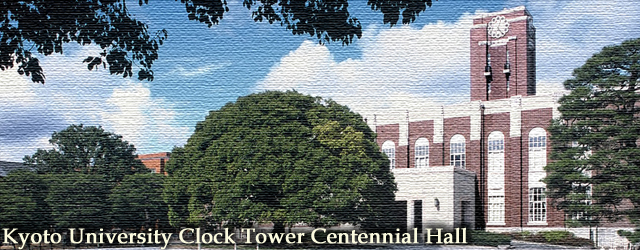
Kyoto University
Yoshida-Honmachi, Sakyo-ku,
Kyoto,606-8501, Jpana
URL: http://www.kyoto-u.ac.jp
